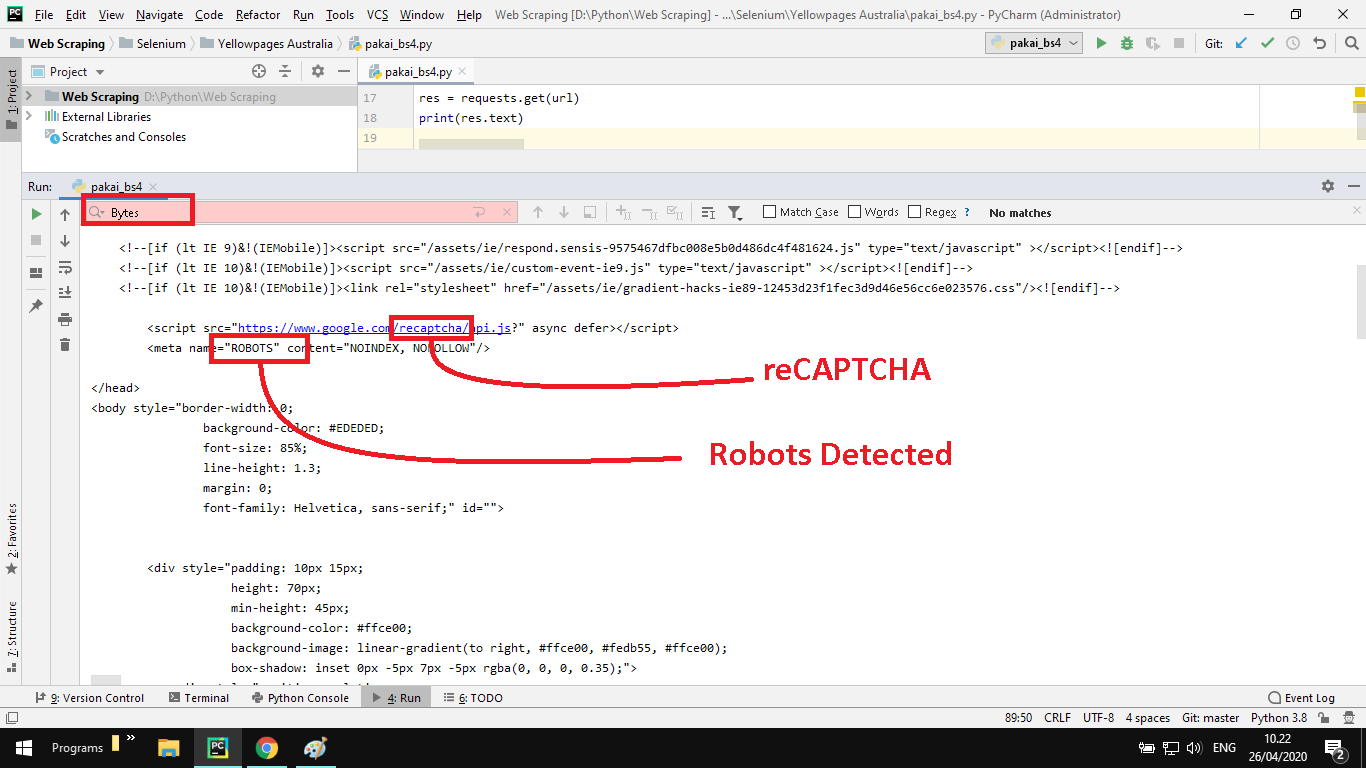

“There is certainly work to be done here - the coordinates need to be updated for each new user and is not the most robust,” the researchers say. ReCAPTCHA, however, can no longer be targeted using the Selenium browser automation engine, and unCaptcha switched to a screen clicker to move to certain pixels on the screen to mimic human movement on a page.
#RECAPTCHA BYPASS ADSON CODE#
The code now only needs to make a single request to a free, publicly available speech to text API to achieve around 90% accuracy over all captchas,” the security experts behind the system explain.

“Thanks to the changes to the audio challenge, passing ReCaptcha is easier than ever before. What’s more, the system’s accuracy and effectiveness have also improved. In June 2018, however, an updated unCaptcha was able to solve the new challenges, effectively bypassing Google’s security service once again. To mitigate the attack, Google improved reCAPTCHA’s browser automation detection, and also switched from spoken digits to spoken phrases, two major changes that were successful in protecting against the original unCaptcha attack. The unCaptcha system was designed to target the audio challenges presented by reCAPTCHA, but the security experts who designed it revealed that it could defeat other systems as well, including BotDetect, Yahoo, and PayPal image challenges, all with high accuracy. Soon after the system was revealed by computer science experts from the University of Maryland (UM), Google updated its security service to mitigate the attack, but unCaptcha has been updated to bypass the mitigations. The unCaptcha system was created in April 2017 to target Google’s reCAPTCHA and similar security systems that aim at protecting websites from spam and abuse, and was able to defeat those with high accuracy. The unCaptcha automated system can once again bypass Google’s reCAPTCHA challenges, despite major updates to the security service.


 0 kommentar(er)
0 kommentar(er)
